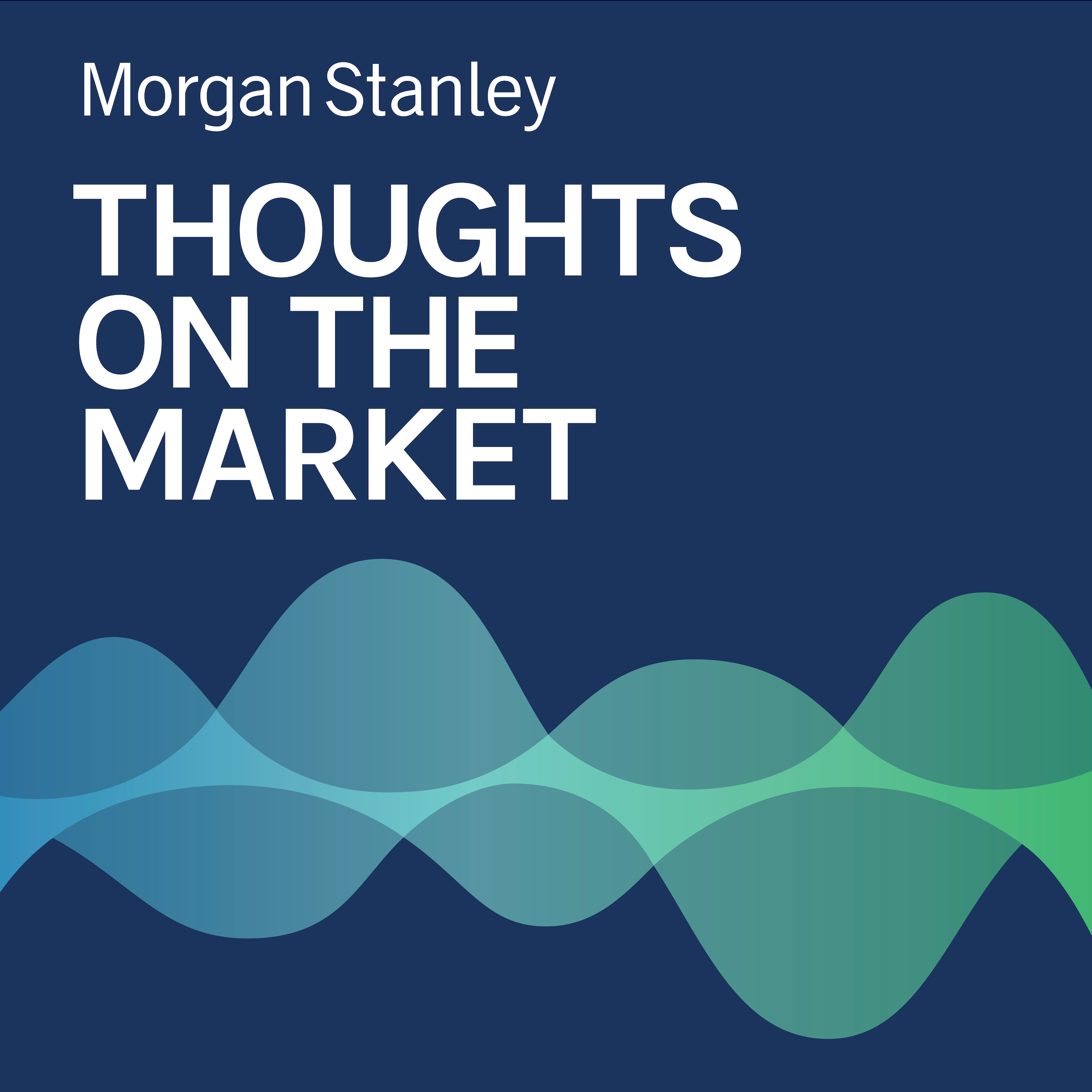Mike Wilson: Challenging the Consensus on 2023

As 2023 begins, most market participants agree the first half of the year could be challenging. But when we dig into the details, that's where the agreement ends.
----- Transcript -----
Welcome to Thoughts on the Market. I'm Mike Wilson, Chief Investment Officer and Chief U.S. Equity Strategist for Morgan Stanley. Along with my colleagues, bringing you a variety of perspectives, I'll be talking about the latest trends in the financial marketplace. It's Tuesday, January 10th at 10 a.m. in New York. So let's get after it.
To start the year, we return to a busy week of client meetings and calls. While our conversations ranged across a wide swath of topics, the most consistently asked question was, "if everybody has the same view, how can that be right?" The view I'm referring to is that most sell-side strategists and buy-side investors believe the first half of the year will be a challenging one, but the second half will be much better. Wrapped into this view is the notion that we will experience a mild recession starting in the first half. The Fed will cut rates in response and a new bull market will begin. Truth be told, this is generally our view too. So, how do we reconcile this dilemma of how the consensus can be right?
We think the answer is that the consensus can be right directionally, but it will be wrong in the magnitude and rationale which may inhibit its ability to monetize the swings we envision. More importantly, our biggest issue with the consensus view is how nonchalant many investors seem to be about the risk of a recession. When we ask investors how low they think the S&P 500 will trade in a mild recession, most suggest 35-3600 will suffice, and the October lows will hold. One rationale for this more constructive view is that we are closer to a Fed pause, and that pivot will put a floor under stock valuations.
The other reason we hear is that everyone is already bearish and expects a recession. Therefore, it must already be priced. We would caution against those conclusions as recessions are never priced until they arrive and we're not so sure the Fed is going to be coming to the rescue as fast as usual, given the inflation dynamics unique to this cycle.
The other way we think the consensus is likely to be wrong is on earnings. With or without an economic recession, the earnings forecasts for 2023 remain materially too high in our view. Our base case forecast for 2023 S&P 500 earnings per share is $195, and this assumes no recession, while our bear case forecast of a recession leads to $180. This compares to the bottoms up consensus forecast of $230, which nearly every institutional investor agrees is too high. However, most are in the camp that the S&P 500 earnings per share won't be as bad as we think, with the average client around $210-$215. Coincidentally, this is in line with the consensus sell-side strategists' forecast of $210 as well. In summary, even if we don't experience an economic recession, investor expectations for earnings remain too high based on our forecasts and conversations with clients. This leaves equity prices unattractive at current levels.
Our well-below-consensus earnings forecast is centered around a theme of negative operating leverage driven by falling inflation. One of the most consistent pieces of pushback we have received to our negative earnings outlook centers around the idea that higher inflation means higher nominal GDP and therefore revenue growth that can remain positive even in the event of a mild real GDP recession. Therefore, earnings should hold up better than usual. While we agree with the premise of this view that revenue growth can remain positive this year, even if we have a mild recession, it ignores the fact that margins are likely to materially disappoint. This is because the rate of change on cost inflation exceeds the rate of change on sales. Indeed, margins have started to fall and the consensus forecasts for fourth quarter results currently assume negative operating leverage. But we think this dynamic is likely to get much worse before it gets better.
The bottom line, equity markets still appear to be overly focused on inflation and the Fed, as evidenced by the still meaningfully negative correlation between real yields and equity returns. Last week, we saw expectations improve slightly for inflation and the Fed's reaction to it. And stocks rallied sharply into the end of the week. We think this ignores the ramifications of falling prices on profit margins, which is likely to outweigh any benefit from increased Fed dovishness.
In short, we think we're quickly approaching the point where bad news on growth is bad. And we see 3900 on the S&P 500 as a good level to be selling into again in front of what is likely to be another weak earnings season led by poor profitability and the broader introduction of 2023 guidance.
Thanks for listening. If you enjoy Thoughts on the Market, please take a moment to rate and review us on the Apple Podcasts app. It helps more people to find the show.